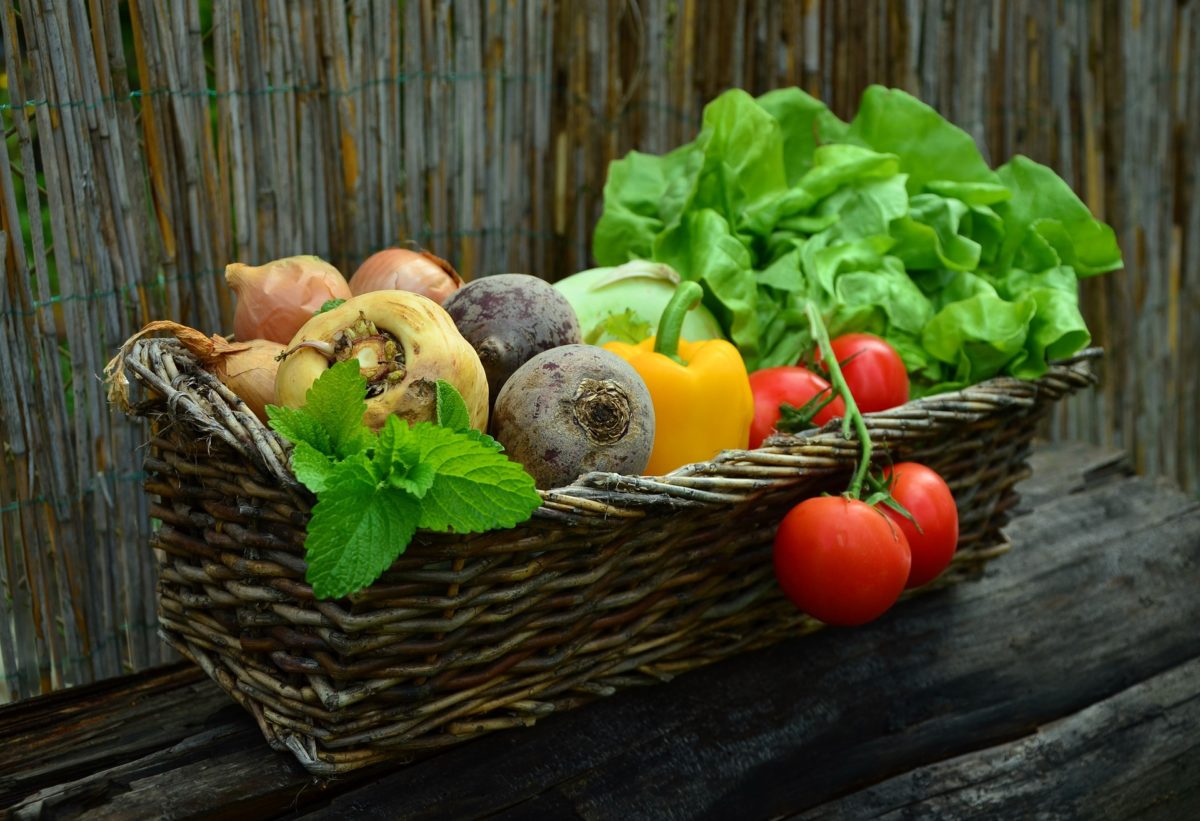Dodge these 10 trigger foods to reduce migraines

New Year’s health resolutions might find you exercising more, trying a new discipline like yoga and opting for the Mediterranean diet. But you may also want to rethink what you eat in other ways if you’re one of the millions of Americans who suffer from migraines, according to new research.
“Many foods that benefit our bodies contain natural or added compounds that can cause painful headache and migraine attacks,” said Fred Cohen, M.D., an assistant professor of medicine and neurology at the Icahn School of Medicine at Mount Sinai in Manhattan, who co-authored the new study. “Some contain histamine, phenylethylamine and tyramine, which are established headache triggers. Caffeine presents a unique case. It can trigger headaches in some individuals, yet for others, it serves as an effective treatment for their headaches. Monosodium glutamate (commonly referred to as MSG) has garnered much controversy, not just as a headache trigger, but also a cause of numerous ailments such as indigestion, palpitations, chest pain and tightness, flushing and dizziness.”
For Cohen, headaches are personal. A lifelong sufferer, he is committed to helping others break free of the pain. After receiving his medical degree from Stony Brook University School of Medicine, he completed a residency in internal medicine at the Montefiore Medical Center, Albert Einstein College of Medicine in the Bronx, followed by a fellowship in headache medicine at the Jefferson Headache Center, Thomas Jefferson University Hospital in Philadelphia. Cohen serves as assistant editor of
Headache: The Journal of Head and Face Pain as well as Current Pain and Headache Reports.
In his December article “Unraveling the MSGHeadache Controversy: An Updated Literature Review,” he explores the evidence connecting MSG and headaches, delving into the history of “Chinese Restaurant Syndrome””(CRS), a questionable term from the late 1960s that associates Chinese food exclusively with a range of unsettling symptoms, including headaches, bloating, nausea and chest pain. Since then, there has been confusion over which foods contain MSG and if there is any correlation.
“It is a common misnomer that Chinese and other Asian cuisines are the most common sources of MSG,” Cohen said. “Many fast-food and chain restaurants frequently (use) MSG in their dishes. In fact, MSG use in the U.S.A. is widespread and often found in frozen vegetables, condiments, breakfast cereals, spices such as Sazón, a popular seasoning used in Hispanic dishes, and even baby food.
“While there are several MSG studies that demonstrate a statistically significant increase in headaches when compared against placebo, the evidence is still mixed and further research is needed,” Cohen added. “For individuals who are worried that MSG could be a trigger for them, an elimination diet might serve as an effective diagnostic method.”
That diet involves the exclusion of a suspected dietary component for a period of four to six weeks to analyze how it affects an individual’s symptoms. If there is no noticeable improvement in headache symptoms after the removal of MSG, then it is likely that MSG is not a contributing factor to the headaches. It is paramount for the individual to ensure that the diet is free of MSG, as there might be various foods and/or additives containing it of which they are unaware.
The following are common dietary components that can trigger a headache:
- Caffeine, most commonly found in coffee, tea, chocolate and certain soft drinks;
- Alcoholic beverages, particularly red wine, beer and spirits;
- Dairy products, including milk, yogurt, ice cream and aged cheeses (blue cheese, cheddar, feta and Parmesan);
- Nitrates, found in processed meats like hot dogs, sausages and deli meats;
- Citrus fruits, including oranges, lemons, limes and grapefruits;
- Artificial sweeteners like aspartame and sucrose, often found in diet sodas, fast food and baked goods;
- Tyramine-rich foods such as aged meats, smoked fish, fermented foods (sauerkraut, pickles, kimchi and kombucha) and certain beans;
- Onions or foods cooked with onions, green onions and shallots;
- Nuts and legumes, including peanuts, walnuts, almonds and cashews;
- Gluten, found in breads, baked goods, cereals, barley and rye.
However, diets that are plant-based, such as the Mediterranean diet, and gluten-free diets, among others, have been found to decrease the frequency of headaches and migraines potentially – although such diets do contain some of the items listed above.
“I always advise my patients that each individual’s headaches are unique, as are their treatments,” Cohen said. “What is effective for one person may not be for another. This is especially true for dietary triggers, which can vary greatly from person to person.
“Lifestyle changes may also be beneficial for controlling migraines, including proper sleep, regular exercise and managing other migraine triggers such as stress and allergies.”
Cohen concluded that while much about migraines remains unknown, new medications and individualized treatment plans have been successful in reducing the number of headaches for many patients.
“I encourage everyone to work with their health-care providers to find the unique and customized solution that works best for them.”
For more on Fred Cohen, M.D., visit his website.